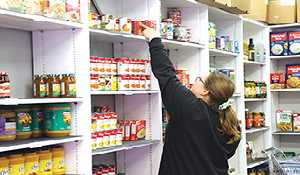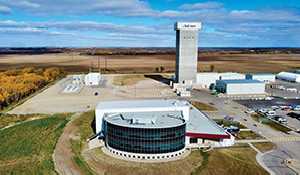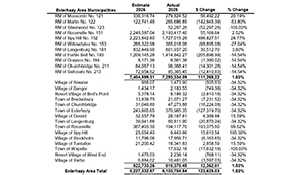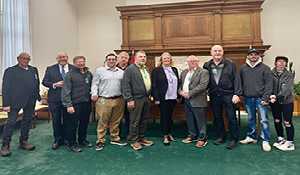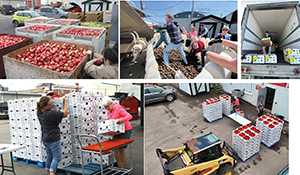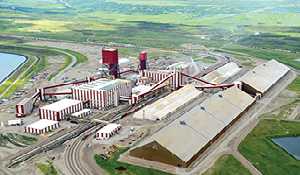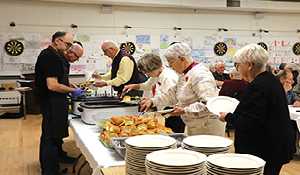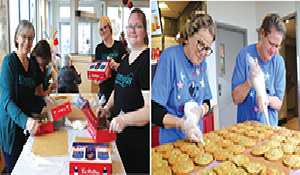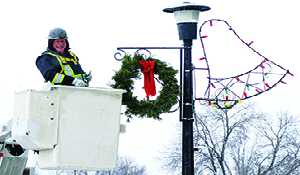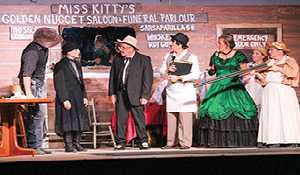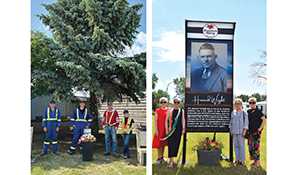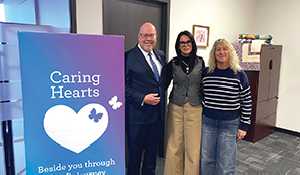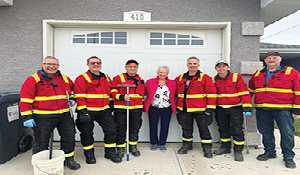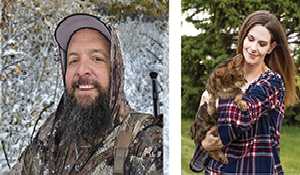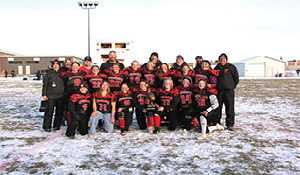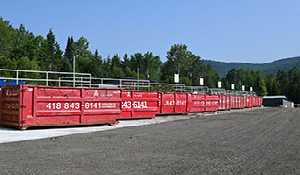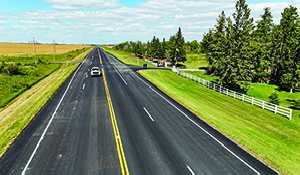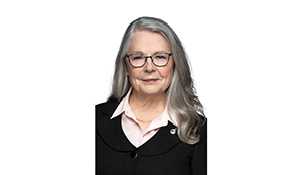Saskatchewan and SHA announce 124 new frontline positions for health care providers in rural facilities
July 28, 2025, 8:48 am
Ashley Bochek
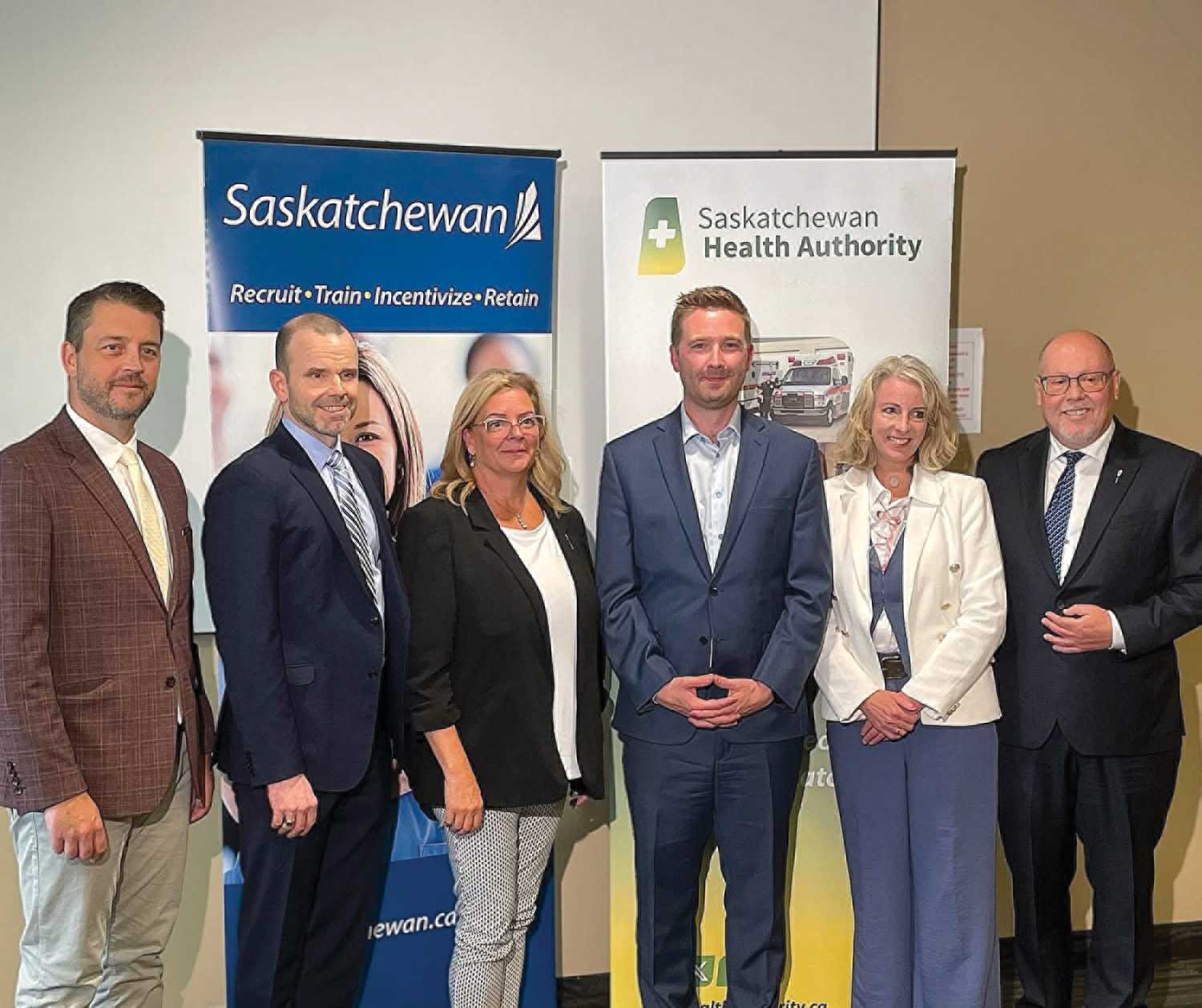

The Saskatchewan Health Authority along with the provincial government have announced the creation of 124 total frontline positions offered in rural and remote health care facilities across the 45 communities in the province.
Earlier, 47 new clinical management positions were created, and Wednesday the province announced 77 new frontline clinical positions in 30 communities around the province.
In our area, Moosomin, Broadview, Redvers, and Kipling have been announced among the 30 communities receiving additional funding and supports for health care positions.
The Minister of Rural and Remote Health, Lori Carr, says the recent announcement will help reinforce health care services in the province’s rural health care facilities.
“In collaboration with the government, the Saskatchewan Health Authority is adding 77 new and enhanced permanent full-time positions, across 30 rural and remote communities. This is part of our ongoing effort to stabilize access to health care in rural and remote communities. These enhancements are building on the success of previous rural and remote staffing programs that we have in place.
“We actually introduced 315 new and enhanced positions in 2022 as part of the Health Human Resource Action Plan and we are pleased to say that all of those positions have been filled.”
The Minister explains the elimination of administrative positions across the province has funded these new health care provider positions.
“Now, as we move onto this direction that we are taking, we had actually done some restructuring earlier this year which generated $10.4 million in efficiencies. Of those savings, $6.2 million will now be used for this project that we are taking on for the 77 new positions and just previous to this, we had invested $4.2 million of those savings into the creation of 27 new and 20 enhanced clinical manager positions across 45 rural and northern communities.
We did that because we were hearing from our smaller facilities that there were no managers in the facilities that they could go to directly with their concerns and had to wait time for getting issues resolved that should be pretty simple. So we took some administrator leadership roles and we deleted those roles and put them into these 47 positions that I am talking about within the rural facilities. That was really well received by people on the ground. Now, with the 77 new and enhanced positions that we are doing—they do focus on communities that continued to experience service disruption or have faced ongoing staffing challenges so that is how we chose the communities and of course, we worked with them when we were deciding where the new positions would go, where we would be making those part-time into full-time positions, and so in working with the facilities hopefully that will help stabilize them.”
Carr explains some of the new full-time positions will be filled by current employees working part-time.
“When you post positions it is a matter of waiting for that right person to come along especially when it is a new position. So hopefully with the collaboration that we have done with the health authority and the facilities, some of the part-time positions that are going to full-time, may be filled by the person that is already in place, so it won’t be that difficult to fill.”
Access to health care close to home
Carr says these new additional positions will help provide access to health care closer to home for rural communities.
“I think when we look at our rural facilities they are remote compared to the larger tertiary centres like Saskatoon, Regina, and Prince Albert, so providing that access to patients close to home as best we can—it is really important to the people who live in the province of Saskatchewan. By doing initiatives like this it places those employees in those facilities so you can access those services close to home.”
New positions in four surrounding communities
Carr explains the new full-time positions created in four local communities.
“This is really exciting for your area. Specifically in Moosomin, we’re going to add one new position and that can either be a Registered Nurse (RN) or a Registered Psychiatric Nurse (RPN), either-or can fill that new position. We have one Licensed Practical Nurse (LPN) that right now, is a permanent part-time position that we are going to take to a full-time position. So what we’re hearing from the facility by changing that to a full-time position it will help provide services better.
“In Kipling, we have two RN and RPN positions available so it could either be a Registered Nurse or the Registered Psychiatric Nurse, two positions total, and we are taking a permanent part-time to a full-time, and a temporary part-time and making it a permanent full-time position. When we look at the rural facilities sometimes we hear offering a part-time position isn’t enough to get somebody to move to a rural community, but if we can offer them a permanent full-time position then it is more certainty for them to take that next step, get the housing, and move to the community.
“In Redvers, we have the two positions as well, currently RN and RPN, they’re both permanent part-time and we are taking them both to permanent full-time.
“In Broadview, we have one LPN permanent part-time and we are taking it to permanent full-time. Just by taking those to full-time positions we have heard from the facilities that they think that will help with the recruitment and that is why we think some of these changes will be successful.”
Carr says adding positions could lead to overstaffing in some cases but she believes that could be a positive.
“I mean if something happens along the way and we fill all of our full-time positions and a facility has a part-time position available and they have the budget, there is nothing saying that they can’t use that person to help fill some gaps, but that would put us in an overstaffing position, but of course you have to watch the scheduling and that kind of stuff—wouldn’t that be a great position to be in. Where you have someone extra that can come in and fill vacation time, fill sick time, all of that kind of stuff without drawing on existing resources.”
124 additional frontline positions
Carr explains the funding aspect of the additional positions within the 45 communities across the province. “In June of 2025, the SHA implemented a series of changes aimed at directing more resources to point of care, including the restructuring of administrative leadership roles which generated the $10.4 million in efficiencies. At that point in time, I believe it was 27 management positions were eliminated that were administrative in nature, and then of that $10.4 million, $4.2 has already been directed to the creation of the 27 new and the 20 enhanced clinical manager positions in the 45 rural and northern communities.
“Having more of those clinical manager positions in the facilities helps staff have more direct access to them, and then the remaining $6.2 million is being directed to support the addition of these 77 new and enhanced positions. So by eliminating those administrative positions we have been able to get 47 new managers directly in facilities and 77 new and enhanced positions so a total of 124 frontline positions.”
Labour shortages across the province
Carr says all sectors across Saskatchewan are seeing issues with labour shortage.
“I wouldn’t say this is just focused on health care when we talk about smaller communities, trades, and even frontline staff at a Tim Hortons, labour is an issue right across the province and right across the country to be quite frank.
“In my position, I am focused on trying to get people to come to rural communities to fill these positions, and I think once we get some of these positions filled—whether it be a physician or a nurse or a lab tech—showing them what rural Saskatchewan really has to offer from a community perspective is really important.
“I know some communities—and I know Moosomin is really good at this—are good at welcoming them into the community, making them part of organizations there and making it their home.
“I think once people live in a rural community I am not really sure why they would want to go back to big city living.”
Future of health care in rural Saskatchewan
The Minister says she hopes the new positions in rural and remote health care facilities will help locals across the province continue to receive health care services close to home.
“I really hope that this accomplishes the younger generations, parents, mom and dads, the older generations, grandchildren, being able to access care as close to home as possible. We are always going to need the big tertiary centres for more of the major services, but when you want to access a primary care provider, whether that be a doctor, nurse practitioner, a pharmacist, that you can actually do that right in your home community as close to home as possible.”
